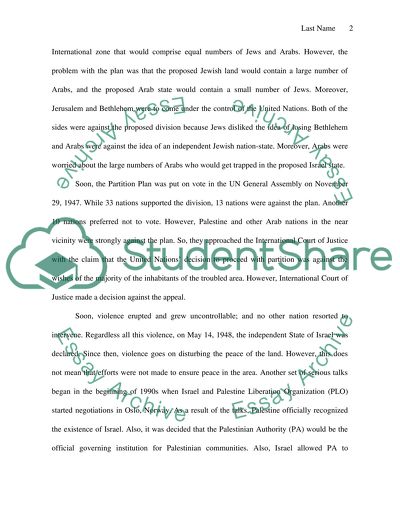Cite this document
(“Peace and Justice Essay Example | Topics and Well Written Essays - 1500 words”, n.d.)
Retrieved de https://studentshare.org/history/1445724-peace-and-justice
Retrieved de https://studentshare.org/history/1445724-peace-and-justice
(Peace and Justice Essay Example | Topics and Well Written Essays - 1500 Words)
https://studentshare.org/history/1445724-peace-and-justice.
https://studentshare.org/history/1445724-peace-and-justice.
“Peace and Justice Essay Example | Topics and Well Written Essays - 1500 Words”, n.d. https://studentshare.org/history/1445724-peace-and-justice.


